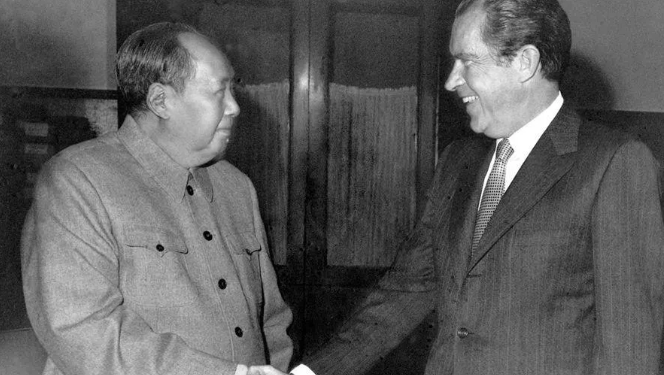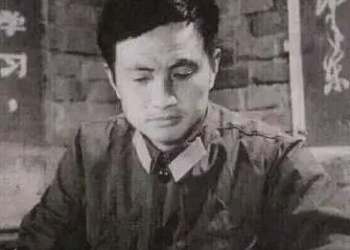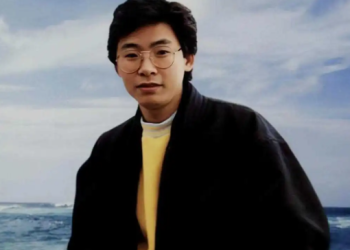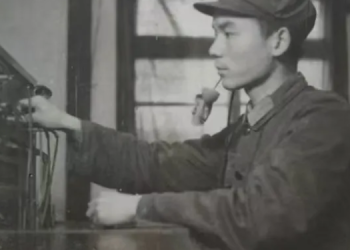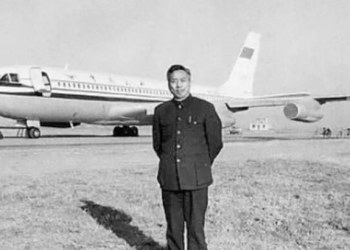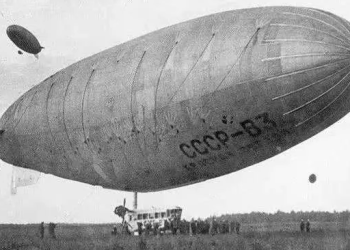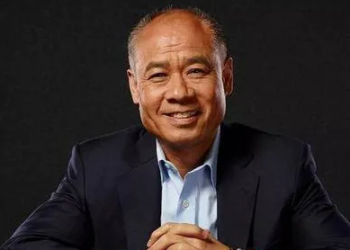In February 1972, U.S. President Richard Nixon made his groundbreaking visit to China, a historic moment that officially marked the beginning of normalized diplomatic relations between China and the United States. This milestone was made possible by the accurate assessment of global dynamics by the leaders of both nations, who enhanced mutual strategic trust and laid a solid foundation for future U.S.-China cooperation. The covert intelligence front also played a unique and critical role in this process.
During the 1960s and 1970s, the international landscape underwent dramatic changes, and a new global order began to emerge. Chairman Mao Zedong astutely perceived the possibility of a shift in U.S. policy toward China. He immediately ordered the formation of the “International Issues Research Group,” supported by the Central Investigation Department, to conduct in-depth analyses of the global situation and assess the evolving relationships among major powers. Through a series of analytical reports, the group accurately predicted a coming transformation in U.S.-China relations. Based on these insights, the Chinese leadership—under Chairman Mao—developed a bold new strategy: to “open the door” to relations with the United States.
Across the Pacific, after Nixon was successfully elected President of the United States, he also closely observed the trajectory of U.S.-China relations. With support from National Security Advisor Henry Kissinger and others, the Nixon administration began to cautiously explore a new direction in U.S. policy toward China.
As early as Nixon’s presidential campaign, China’s Central Investigation Department had collected extensive intelligence on his views. Statements such as, “We cannot afford to keep China out of the international community forever,” “We should not isolate China—America is willing to establish friendly relations with both the Soviet Union and China,” and “Mainland China will eventually play an important role in Asian and Pacific affairs,” were noted and reported. Based on this intelligence, a series of reports was submitted to top Chinese leadership, concluding that Nixon’s greatest ambition as president was to “secure his place in history,” and that he saw the historic breakthrough in U.S.-China relations as the path to that legacy. These assessments were crucial in helping Chairman Mao decide to adjust China’s U.S. policy. Meanwhile, under a coordinated effort, the Central Investigation Department ensured that China’s perspectives reached decision-makers in Washington in a timely manner.
In December 1970, Chairman Mao invited American writer Edgar Snow to visit China and asked him to deliver a message to the U.S. leadership: “If Nixon wants to come, I’m willing to talk to him. If the talks succeed, fine. If they don’t, that’s fine too.” In April 1971, the U.S. table tennis team became the first official American delegation to visit New China—a moment widely known as “ping-pong diplomacy.” On April 21, the Chinese side formally responded to the U.S. proposal for high-level talks, expressing a willingness to publicly host U.S. envoy Henry Kissinger or even President Nixon himself in Beijing for direct discussions. Both sides then agreed to arrange a secret preparatory visit by Kissinger to China.
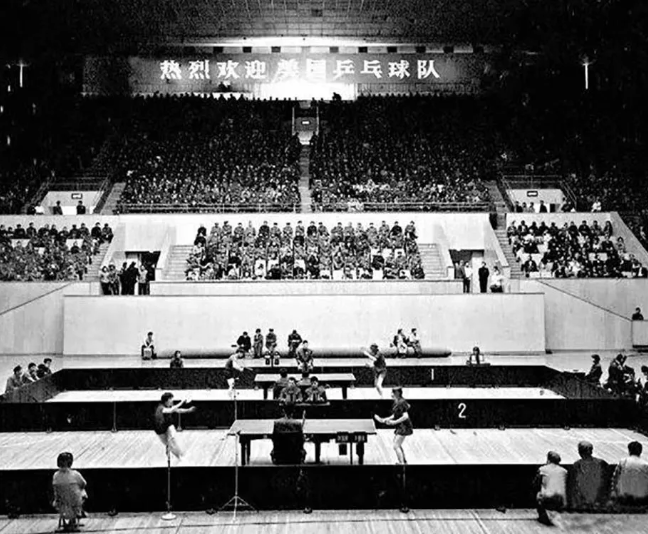
In July 1971, Henry Kissinger made a secret visit to China. During this pivotal trip, China and the United States reached an agreement: President Nixon would visit China the following year. When this news was made public, it sent shockwaves around the world. On February 21, 1972, President Nixon began his historic visit to China. During his stay, China’s covert intelligence forces heightened security measures and played a vital role in ensuring a stable and secure environment for high-level meetings between Chinese and American leaders.
On February 28, 1972, the two governments issued the Joint Communiqué of the United States of America and the People’s Republic of China, also known as the Shanghai Communiqué. This landmark document was a pivotal moment in U.S.-China relations and one of the most significant diplomatic events of the 20th century. Nixon’s “ice-breaking” journey was the result of the Chinese leadership’s strategic foresight, masterful diplomacy, and responsiveness to changing global dynamics. It also reflected the tireless efforts of visionary individuals from both nations, who were driven by a shared responsibility to their people, their countries, and the world. This breakthrough benefited both nations—and changed the course of global history.
